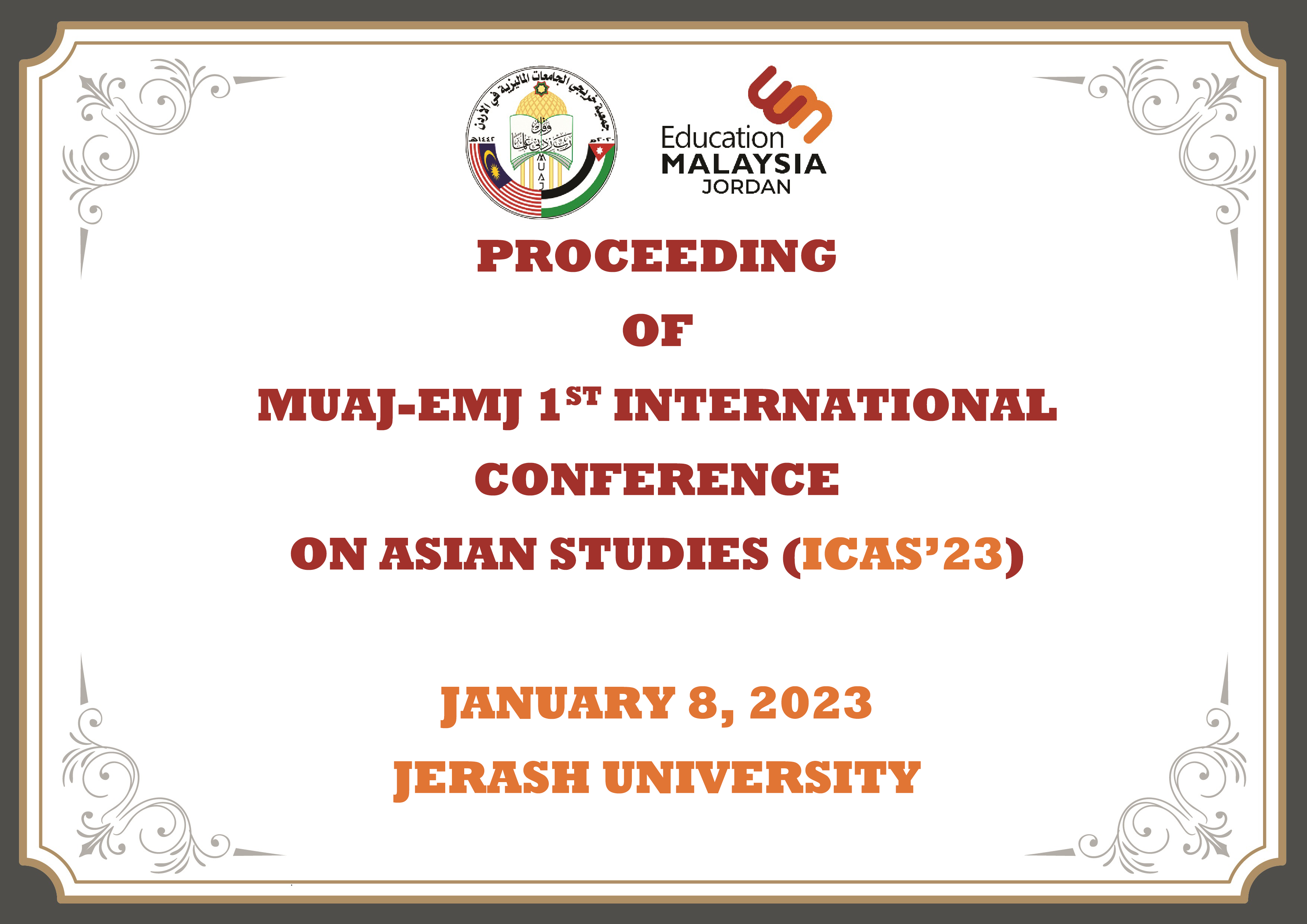Optimization of catalytic pyrolysis of empty fruit bunch (EFB) with copper oxide doped alumina (CuO/Al2O3) in a reactor via response surface methodology (RSM)
Abstract
In this study, catalytic pyrolysis of EFB with copper oxide doped aluminium oxide (CuO/Al2O3) was conducted in a fixed bed reactor. The process was optimized using Response Surface Methodology (RSM) whereby three independent factors were chosen with its specific range such as the reaction temperature (300-600℃), heating rate (20-60℃/min) and catalyst to biomass ratio (7.65-30.00 wt%). The results were completely analyzed by Analysis of Variance (ANOVA). It was determined that the model was statistically significant with p-value of 0.0312. Factor A which was the pyrolysis temperature was a significant factor since its p-value was 0.0057. The optimum conditions were at reaction temperature of 540.69℃, heating rate of 58.01℃/min and catalyst to biomass ratio of 9.12 wt% that had produced the maximum bio-oil yield of 31.89 wt%. The bio-oils from the lowest, highest and optimized reaction temperatures of 300, 600 and 540.69 oC were analyzed using gas chromatography-mass spectrometry (GCMS) to investigate the differences in terms of chemical compositions of bio-oil. It was determined that the amounts of carboxylic acids in bio-oil obtained from reaction temperature of 300, 600 and 540.69 oC were 45.13%, 30.89 and 13.9 % respectively. The chemical compositions were categorized into functional groups such as carboxylic acid, alcohol, ester, ether, ketone, phenol, aldehyde, aromatic, furan and hydrocarbon. Generally, the bio-oils contained mainly oxygenated compounds.

